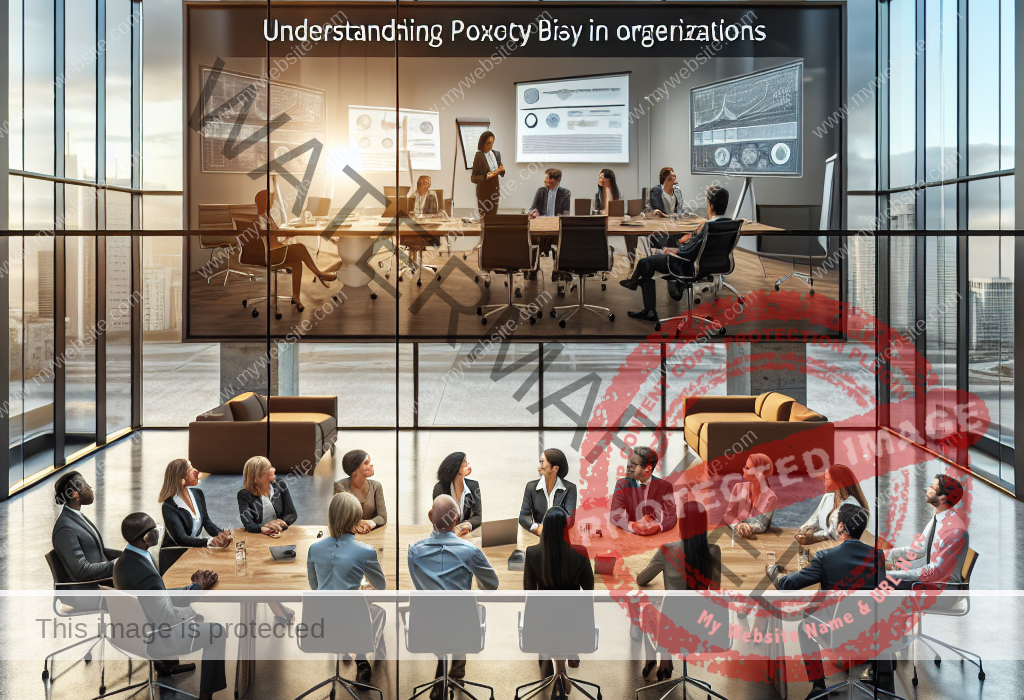Understanding the Importance of Crafting Effective Multiple-Choice Questions in Testing
Reading Time: 4 minutesInsights on Multiple-Choice Questions in eLearning As someone well-versed in eLearning development, I recently read an intriguing article called “Bad Qs, the bar where your choice always matters.” The article delves into the complexities of multiple-choice questions, specifically focusing on the use of “all the above” as an option. This topic struck











